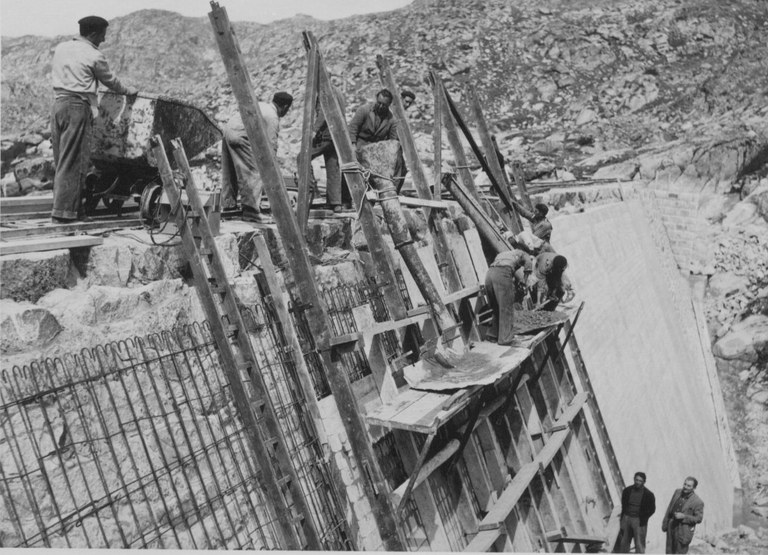Murs d’aigua, an accessible challenge
In Andorra we have five natural lakes with their hydraulic dam distributed between the valley of Madriu and the valley of East Valira. FEDACULTURA proposes a challenge for mountain lovers to know these wonderful places and discover their useful and more unknown side. The proposed routes are made by marked trails without excessive technical difficulty.
For those who complete the visit of the five lakes with their dam and take a photograph with their identification totem (posar link foto exemple), they can go to get a gift to the MW Museu de l’Electricitat posting the photograph on Instagram with the address #mursdaigua.
The five lakes are those of Illa, Juclar, Cabana Sorda, Vall del Riu and Engolasters.
Different routes of Murs d’aigua:
|
Lake |
Round trip distance Km |
Altitude difference +/- meters |
Total duration hours |
Way up hours |
Way down hours |
Way up + metres |
Way down - metres |
|
Juclar * |
8,2 |
540 |
3:50 |
2:10 |
1:40 |
540 |
|
|
Cabana Sorda |
5,2 |
480 |
3:15 |
1:45 |
1:30 |
480 |
|
|
Illa starting from Escaldes* |
23 |
1.400 |
8:30 |
5:00 |
3:30 |
1.400 |
|
|
Illa starting from Grau Roig* |
16 |
1.200 |
6:30 |
3:30 |
3:00 |
800 |
400 |
|
Vall del Riu |
12 |
780 |
5:00 |
2:45 |
2:15 |
780 |
|
|
Engolasters starting from Encamp |
5,2 |
410 |
2:45 |
1:30 |
1:15 |
410 |
|
|
Engolasters starting from Escaldes |
10,6 |
560 |
4:00 |
2:20 |
1:40 |
560 |
|
*possibility of staying overnight in a sheltered refuge



















